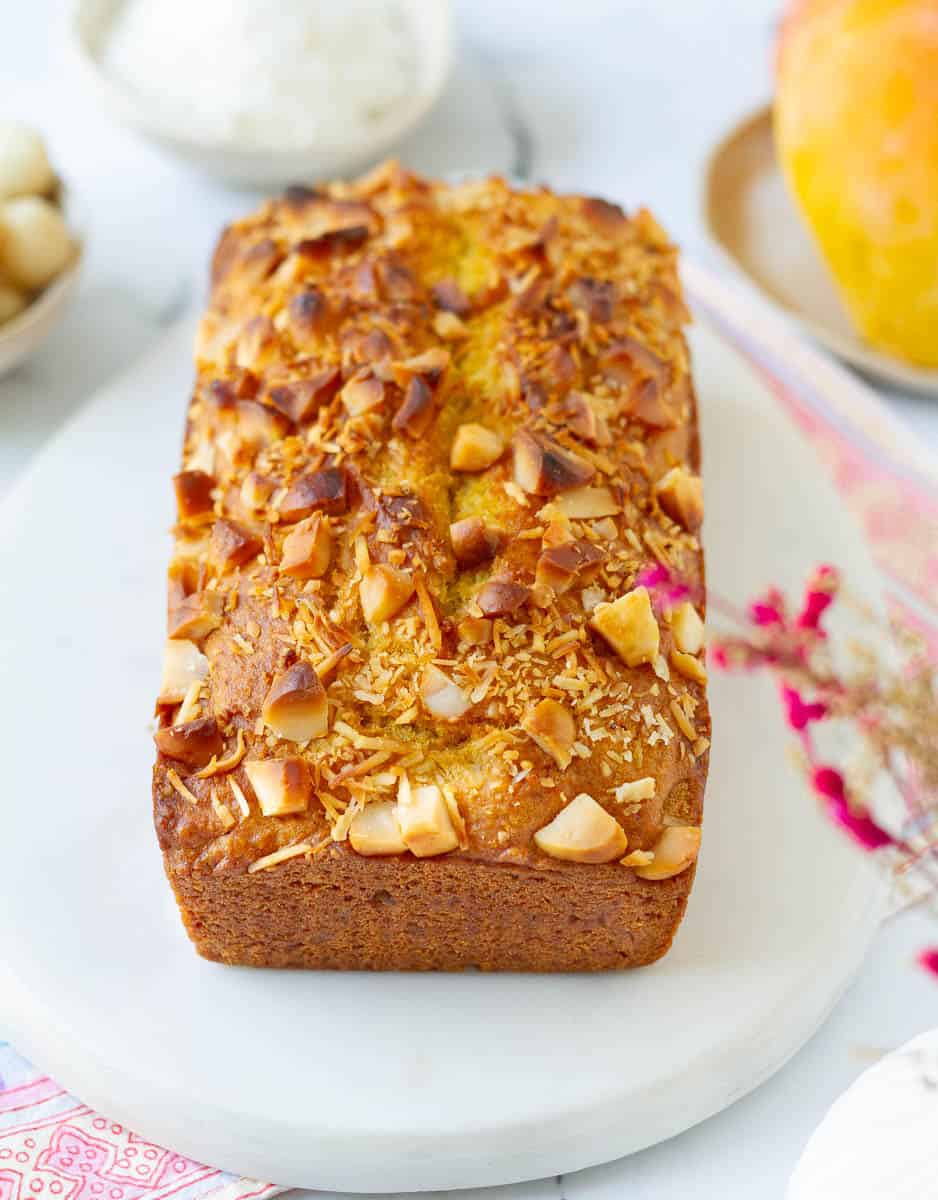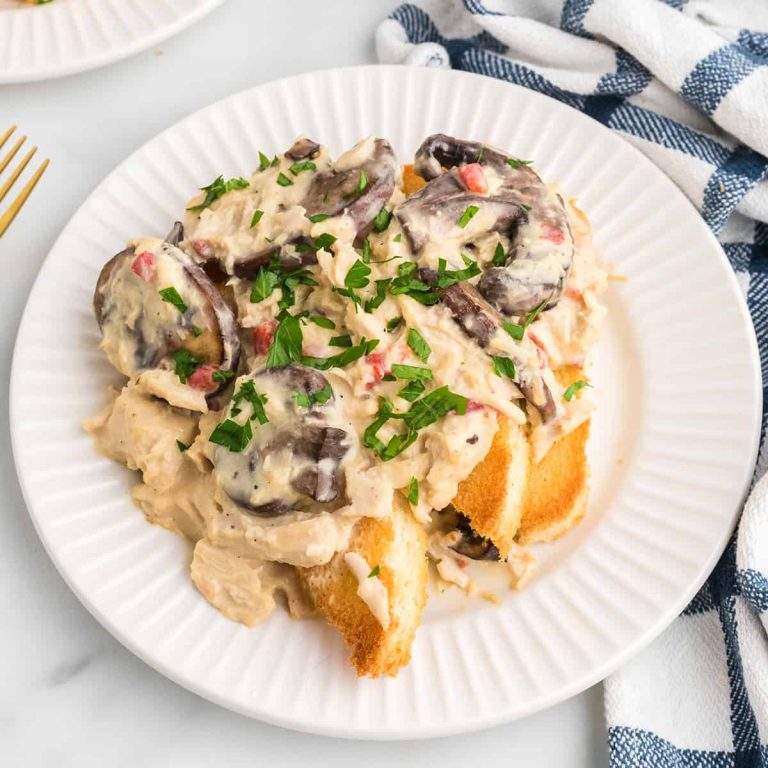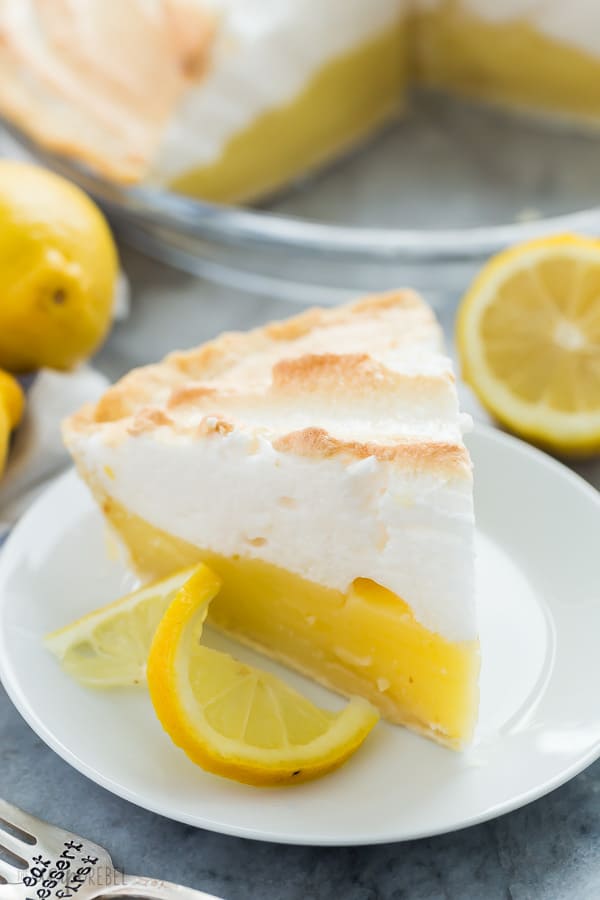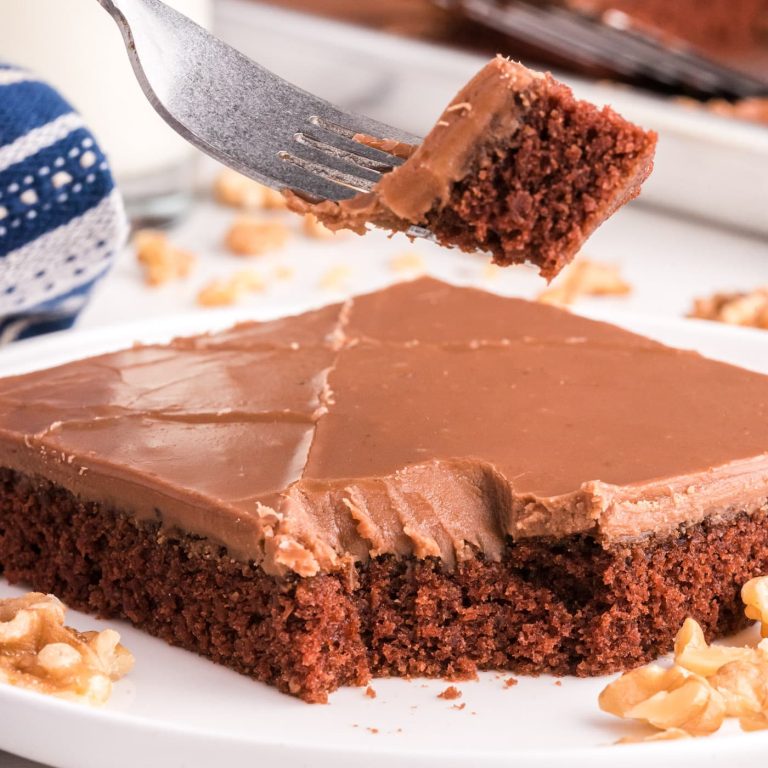Mango Bread Recipe: Tropical Flavor and Easy Homemade Variations
Mango bread originates from regions where mangoes are abundant, particularly in tropical countries. Its popularity has spread worldwide due to its distinct flavor and moist texture. Traditionally enjoyed in Caribbean and Southeast Asian cuisines, mango bread has gained a following among home bakers for its ease of preparation and unique taste. Recently, it has become a favorite in diverse culinary scenes, from breakfast tables to dessert menus.
- Ripe Mangoes: The primary ingredient, providing natural sweetness and moisture. Use fresh, ripe mangoes for the best flavor.
- Flour: All-purpose flour is typically used. It forms the bread’s base.
- Sugar: Adds sweetness to balance the mangoes’ tang. Both white and brown sugar can be used.
- Eggs: Bind the ingredients, contributing to the bread’s structure.
- Oil or Butter: Adds moisture and richness. You can select based on dietary preferences.
- Baking Soda and Baking Powder: Ensure the bread rises properly.
- Spices (Optional): Cinnamon or nutmeg enhance the flavor. These spices complement the mangoes’ tropical essence.
- Nuts or Citrus Zest (Optional): Provide extra texture and flavor. Popular choices include pecans or orange zest.
Health Benefits of Mango Bread
Nutritional Content
Mango bread combines nutritious ingredients that offer various health benefits. Ripe mangoes provide essential vitamins, particularly vitamin C and vitamin A, which support immune function and vision. A single mango contains about 60 mg of vitamin C and 54 µg of vitamin A, making it a rich source of antioxidants.
Whole-grain flour, if used instead of all-purpose flour, increases the fiber content of the bread. Fiber aids digestion and promotes a healthy gut. Including nuts like walnuts or almonds adds protein and omega-3 fatty acids, which benefit heart health.
Advantages of Mango in Baking
Using mango in baking enhances both flavor and nutrition. The natural sweetness of ripe mangoes allows for reduced sugar usage. This makes your bread healthier while maintaining a delightful taste.
Mangoes provide moisture to baked goods, resulting in a soft, tender crumb. This reduces the need for excessive oil or butter, lowering the overall fat content. Additionally, the fruit’s fibrous texture supports a better structure in the bread, making it easier to slice and serve.
How to Make Mango Bread
Choosing the Right Mangoes
Select ripe mangoes for the best flavor. Look for ones that yield slightly to touch and have a fragrant aroma. Avoid overly soft or bruised mangoes. Varieties such as Alphonso, Ataulfo, or Haden are ideal due to their sweetness and texture. Peel and dice the mangoes into small pieces to ensure they blend well into the batter.
- Preparation: Preheat your oven to 350°F (175°C). Grease a 9×5-inch loaf pan with butter or oil.
- Mix Dry Ingredients: In a large bowl, combine 2 cups of all-purpose flour, 1 teaspoon of baking powder, 1 teaspoon of baking soda, and 1/2 teaspoon of salt. Add 1 teaspoon of ground cinnamon or nutmeg if desired.
- Blend Wet Ingredients: In another bowl, beat 2 large eggs. Mix in 3/4 cup of sugar and 1/2 cup of vegetable oil or melted butter. Stir in 1 teaspoon of vanilla extract for added flavor.
- Combine Mixture: Gradually add the dry ingredients to the wet ingredients, mixing until just combined. Avoid overmixing to prevent a dense texture.
- Fold in Mangoes: Gently fold in 1 1/2 cups of diced mangoes into the batter. Adding 1/2 cup of chopped nuts like walnuts or pecans can enhance the texture and flavor.
- Bake the Bread: Pour the batter into the prepared loaf pan. Bake for 60-70 minutes, or until a toothpick inserted into the center comes out clean. Allow your mango bread to cool in the pan for 10 minutes before transferring it to a wire rack to cool completely.
- Serve and Enjoy: Slice and serve the mango bread once cooled. Enjoy it plain or with a touch of butter.
Using ripe mangoes ensures the bread is moist and flavorful. Additionally, following these steps guarantees a delicious outcome every time.
Variations of Mango Bread
Gluten-Free and Vegan Options
Gluten-free and vegan variations of mango bread cater to dietary needs without sacrificing flavor. Use gluten-free flour blends instead of all-purpose flour to create a gluten-free version. For vegan mango bread, replace eggs with flaxseed meal (1 tablespoon flaxseed mixed with 3 tablespoons water equals one egg), and use plant-based butter or oil. These substitutions produce a moist, delicious loaf while accommodating dietary restrictions.
Adding Nuts and Spices
Adding nuts and spices enhances the flavor and texture of mango bread. Incorporate chopped nuts, such as walnuts, almonds, or pecans, for added crunch. Use spices like cinnamon, nutmeg, or cardamom, sparingly, to complement the sweetness of the mangoes. These additions elevate the bread’s complexity, making each bite uniquely satisfying.
Serving and Storing Mango Bread
Best Ways to Serve
Serve mango bread in various ways to highlight its tropical flavor and moist texture. Pair warm slices with a spread of butter or cream cheese for added richness. Complement the bread with fresh fruits like berries and sliced bananas to enhance the tropical experience. For a more decadent treat, serve slices with a dollop of whipped cream or a scoop of vanilla ice cream. Offer mango bread as a breakfast option with coffee or tea or enjoy it as a delightful dessert after meals.
Tips for Storing
Store mango bread properly to maintain its freshness and moist texture. Wrap the bread tightly in plastic wrap or aluminum foil to prevent it from drying out. Keep the wrapped bread inside an airtight container at room temperature for up to 3 days. For longer storage, place the wrapped bread in a freezer-safe bag and freeze it; it will stay fresh for up to 2 months. Thaw frozen bread at room temperature and reheat it slightly in the oven if desired.
Conclusion
Mango bread is a delightful treat that brings a taste of the tropics to your kitchen. With its moist texture and rich flavor, it’s a crowd-pleaser that’s perfect for any occasion. Whether you stick to the traditional recipe or explore gluten-free and vegan variations, the key lies in using ripe mangoes for that authentic taste. Don’t hesitate to experiment with nuts and spices to create your unique twist on this beloved bread. Serve it with your favorite accompaniments and enjoy the burst of tropical flavors. Proper storage ensures your mango bread stays fresh and delicious, ready to be enjoyed whenever you crave a slice.






